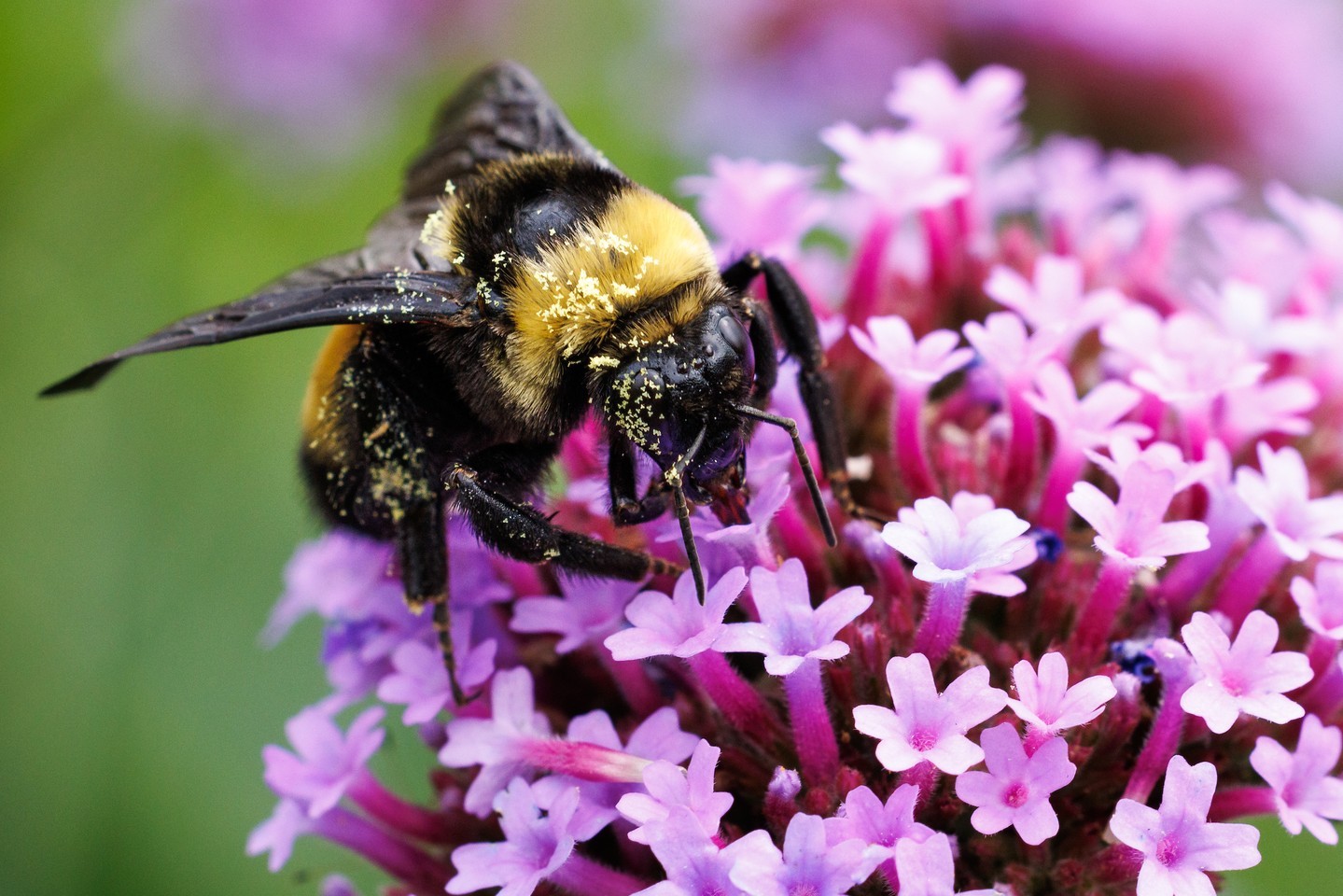– Understanding the ecological needs of bees, butterflies, and hummingbirds in East Tennessee
– Creating a wildlife-friendly habitat: planting native flowering plants and maintaining natural areas
– The effects of garden pesticides on pollinators and how to minimize harm
– The importance of water sources for attracting and sustaining pollinators and hummingbirds
– Community and conservation efforts to protect and promote native pollinators and hummingbirds
Ecological Needs of East Tennessean Pollinators
To attract bees, butterflies, and hummingbirds to your yard, it’s crucial to comprehend the unique ecological requirements of these creatures. These pollinators are vital components of the eastern broadleaf forest habitats found in East Tennessee, where they serve as essential agents of cross-pollination, aiding in the reproduction of flowering plants.
Bees often search for nectar and pollen, which are critical food sources for them. They are attracted to blue, purple, white, and yellow flowers. On the other hand, butterflies require a range of host plants on which they can lay their eggs, and the resulting caterpillars will feed on these plants. Plants with flat-topped or clustered flowers tend to be more accessible for butterflies to land and feed. Finally, hummingbirds are predominantly drawn to bright red and orange tubular flowers that are rich in nectar, as their long, narrow beaks are perfectly adapted for reaching deep into these flowers.
When aiming to draw these species to your estate, it’s beneficial to cultivate a mosaic of plant species that bloom at various times during the growing season, thus providing a continuous food source. Selecting plants that thrive in the Eastern Tennessee climate and offer an abundant supply of nectar and pollen can greatly increase the likelihood of attracting these pollinators.
Creating a Wildlife-Friendly Habitat
Establishing a habitat that simulates native woodland edges is a method to effectively entice pollinators. Select plants native to Eastern Tennessee, such as echinacea, black-eyed Susans, native honeysuckle, and milkweed, as these support the local ecosystem and are hardy and low maintenance. Planting in clusters can create a more inviting target for pollinators from a distance.
Conservationists emphasize the significance of leaving some areas of your yard wild or semi-wild, as deadwood, leaf litter, and tall grasses offer crucial nesting and overwintering sites for bees and other insects. Certain bee species are ground-nesters, while others prefer hollow stems or wood cavities; hence, a natural garden gives them an array of options to call home.
Minimizing the Effects of Pesticides
Garden pesticides can have detrimental effects on the populations of pollinators that you’re trying to attract. To minimize potential harm, refrain from using systemic insecticides, particularly those containing neonicotinoids, which are known to be particularly harmful to bees. Opt for alternatives like manual pest removal, encouraging natural predator species, or using organic and pollinator-friendly pest control methods.
When pest control cannot be avoided, apply products late in the evening after pollinators are less active. Always follow label instructions strictly to avoid unnecessary spread or overuse of chemicals.
Providing Water Sources
In addition to food, pollinators and hummingbirds also require water for drinking and bathing. Birdbaths with shallow edges or dishes filled with stones for landing locations can appeal to these creatures. Incorporating a dripping water feature or misting system can also pique the interest of hummingbirds, as they are attracted to the sound and feel of moving water. Remembering to change water frequently and to maintain the cleanliness of water sources is critical to prevent the spread of disease among wildlife visitors.
Community and Conservation Efforts
Community involvement is essential in promoting the health and survival of native pollinators and hummingbirds. By forming or joining local plant swaps, garden clubs, and conservation efforts, gardeners can contribute to a larger movement to create wildlife corridors, thereby extending habitats beyond individual yards.
Advocacy and partnerships with local government to protect green spaces and implement pollinator-friendly policies can also be highly effective. Educating the public about the importance of these species in local ecosystems while documenting and sharing your experiences can inspire others to participate in these conservation endeavors.
Encouraging pollinators and hummingbirds to visit and reside within residential gardens plays a critical role in supporting local biodiversity, pollination services, and the overall health of regional ecosystems. By adopting these practices, gardeners enrich their personal spaces and contribute solemnly to wildlife conservation efforts within the lush landscape of East Tennessee.
*****
Source Description
If you’re hoping to attract bees, butterflies, or hummingbirds to your yard this spring and summer, follow the link in our bio for a few of the best options that thrive in the eastern broadleaf forest habitats of East Tennessee.


